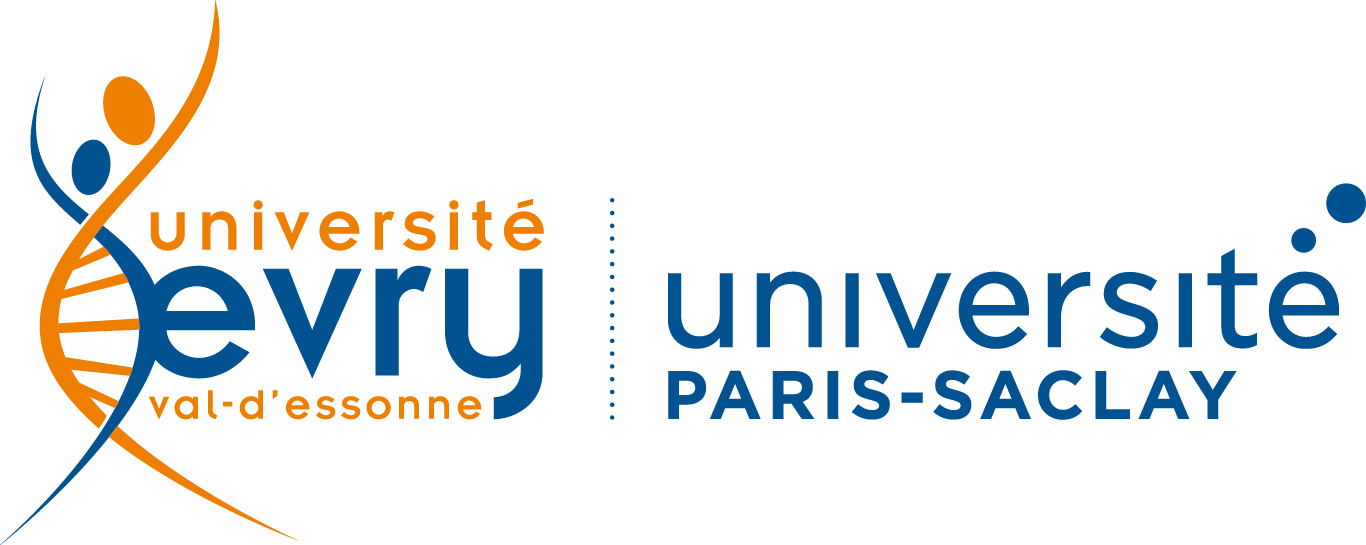Deciphering DSC2 arrhythmogenic cardiomyopathy electrical instability: From ion channels to ECG and tailored drug therapy
Résumé
Background: Severe ventricular rhythm disturbances are the hallmark of arrhythmogenic cardiomyopathy (ACM), and are often explained by structural conduction abnormalities. However, comprehensive investigations of ACM cell electrical instability are lacking. This study aimed to elucidate early electrical myogenic signature of ACM.Methods: We investigated a 41‐year‐old ACM patient with a missense mutation (c.394C>T) in the DSC2 gene, which encodes desmocollin 2. Pathogenicity of this variant was confirmed using a zebrafish DSC2 model system. Control and DSC2 patient‐derived pluripotent stem cells were reprogrammed and differentiated into cardiomyocytes (hiPSC‐CM) to examine the specific electromechanical phenotype and its modulation by antiarrhythmic drugs (AADs). Samples of the patient's heart and hiPSC‐CM were examined to identify molecular and cellular alterations.Results: A shortened action potential duration was associated with reduced Ca2+ current density and increased K+ current density. This finding led to the elucidation of previously unknown abnormal repolarization dynamics in ACM patients. Moreover, the Ca2+ mobilised during transients was decreased, and the Ca2+ sparks frequency was increased. AAD testing revealed the following: (1) flecainide normalised Ca2+ transients and significantly decreased Ca2+ spark occurrence and (2) sotalol significantly lengthened the action potential and normalised the cells’ contractile properties.Conclusions: Thorough analysis of hiPSC‐CM derived from the DSC2 patient revealed abnormal repolarization dynamics, prompting the discovery of a short QT interval in some ACM patients. Overall, these results confirm a myogenic origin of ACM electrical instability and provide a rationale for prescribing class 1 and 3 AADs in ACM patients with increased ventricular repolarization reserve.
Origine : Fichiers produits par l'(les) auteur(s)



